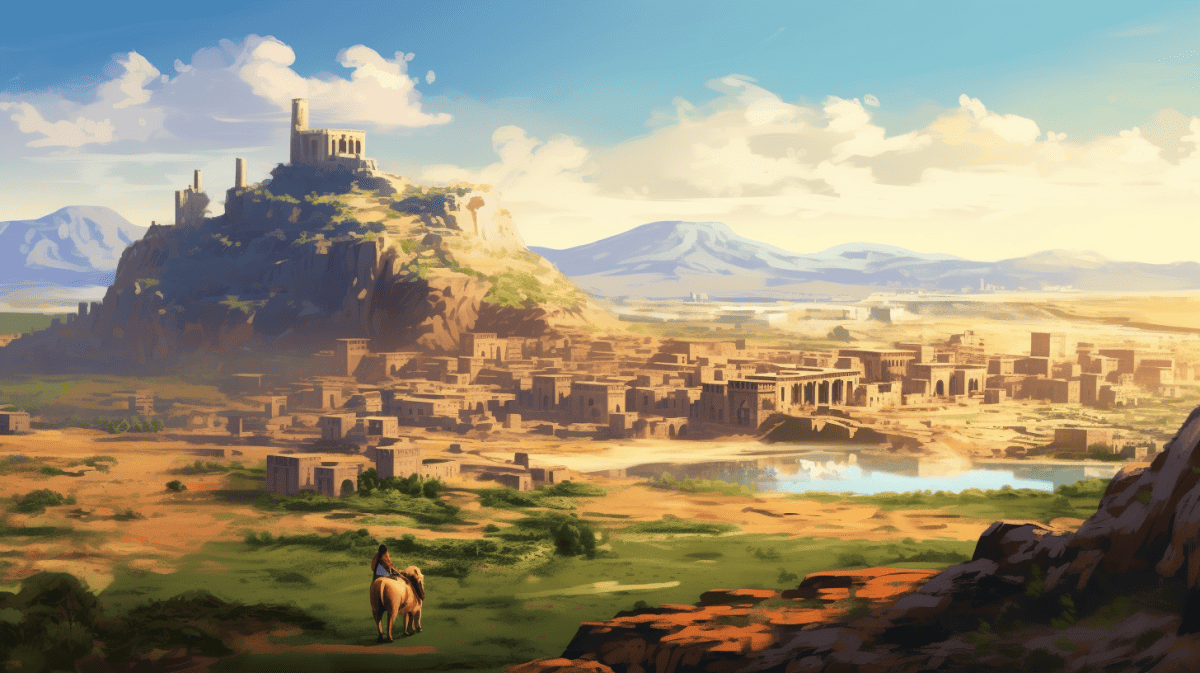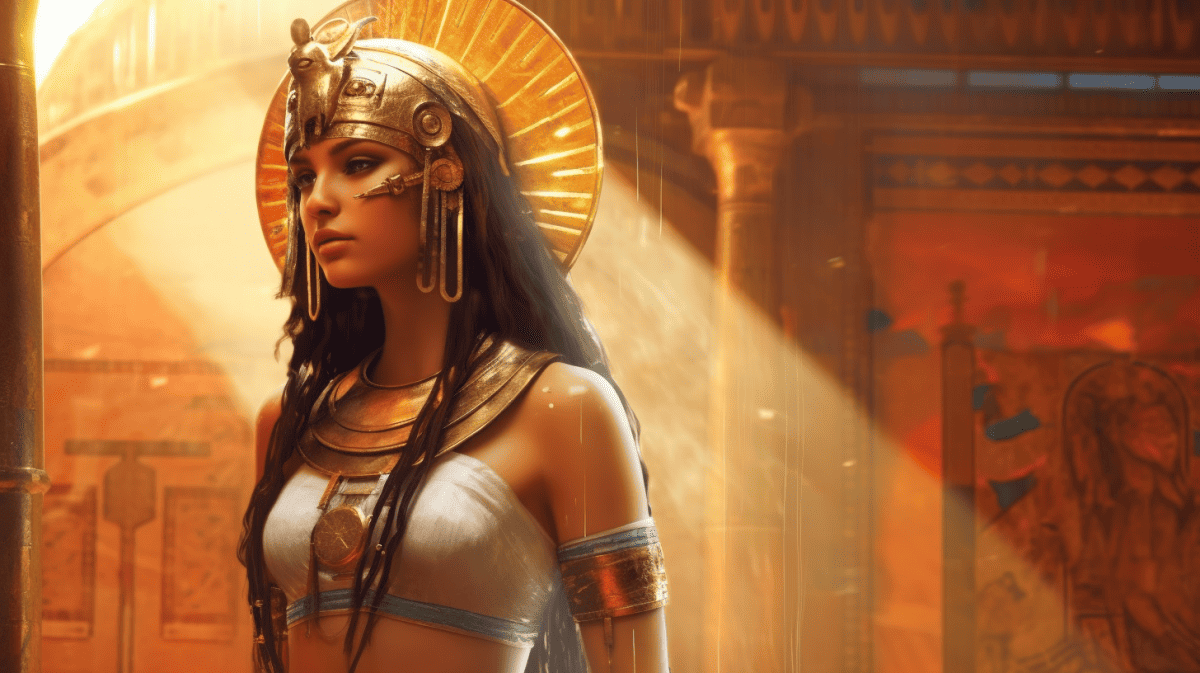The Kingdom of Mauretania was an ancient Berber kingdom located in North Africa, spanning modern-day Algeria and Morocco. Established in the 3rd century BCE, it became a Roman client state under King Juba II in the 1st century BCE, before full Roman annexation in 40 CE.
Formation of the Kingdom of Mauretania
Before the Kingdom
Prior to the establishment of the Kingdom of Mauretania, the region was predominantly inhabited by the Berber community. Historical insights, particularly from architectural remnants, have illuminated our understanding of the Tichitt tradition. This tradition revolves around archaeological evidence from roughly 400 settlements discovered near Tichitt, which have been traced back to a period between 2,000 BCE and 200 BCE. Initially, these settlements thrived on millet cultivation, but as the local climate grew drier, such practices were eventually phased out.
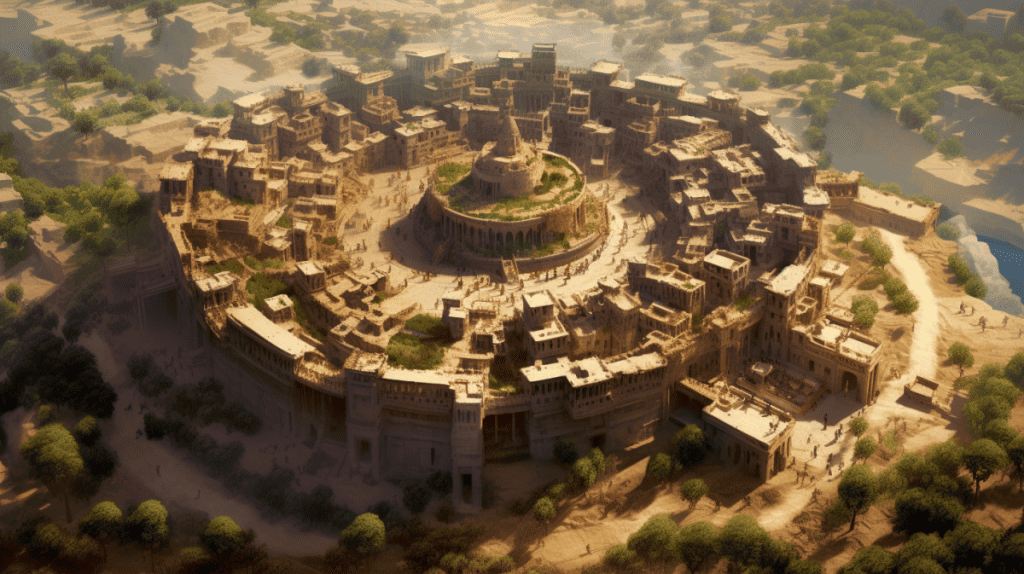
The hallmark of the Tichitt tradition is the presence of distinctive dry stonewalls, with similar structures identified as far afield as Guilemsi. Interestingly, recent excavations in Guilemsi have unveiled monuments bearing a striking resemblance to those near Tichitt, which appear to have funerary significance. Furthermore, numerous rock art depictions of various animals suggest a rich tradition of animal husbandry in the region, long before the rise of the Kingdom of Mauretania.
Formation of the Kingdom of Mauretania
Let’s delve a bit deeper into Mauretania’s rich past. Among the first to inhabit Mauretania were the people of the Capsian culture. Hailing from the region between the Red Sea and the Nubian Nile, these Afro-Asiatic speakers journeyed westward around 9000 BCE, navigating the vast stretches of the northern Sahara. Initially living as hunter-gatherers, they shifted gears by 7000 BCE, embracing the domestication of animals like cattle, sheep, and goats. By the 6th millennium BCE, they had firmly established themselves in Mauretania, not just as herders, but also as cultivators of crops such as wheat and olives.

Now, as we transition to the span between the 3rd and 2nd millennium BCE, the proto-Berbers started making their mark across North Africa, bringing with them significant linguistic and cultural shifts. Central to the story of Mauretania during classical times were the Mauri, a cluster of Berber tribes residing to the north of the Sahara. An interesting tidbit: the term “Mauri” may have its roots in a Punic term that translates to “westerner.” These tribes shared their eastern boundaries with the Masaesyli and Massylii from Numidia. As time evolved, the region we now recognise as everything west of Numidia and above the Sahara was termed “Mauretania.”
The Mauri societal structure was quite intricate, with clans overseen by respective chieftains. While a segment of the Mauri led a pastoral life, roaming and trading products like wool and leather, others gravitated towards more permanent settlements, particularly in the country’s northern coastal plains. A significant milestone arrived in the 4th century BCE when these tribes coalesced to form a federation. This union paved the way for the Kingdom of Mauretania, governed by a succession of monarchs. It’s noteworthy that even amidst such political progression, local chieftains retained pivotal roles. And it’s worth mentioning that by the concluding years of the 3rd century BCE, prominence of the Kingdom of Mauretania rivalled that of Numidia.
Kings of the Kingdom of Mauretania
Trade & Urbanisation
Trade
The geographical positioning of the Kingdom of Mauretania facilitated commerce between the Mediterranean and the vast expanse of Saharan Africa. The Mauri, its inhabitants, engaged in trade exchanges, offering ivory, gemstones, and animal skins to the Phoenicians. In return, the Phoenicians had established bustling port cities, notably Tingis (known today as Tangier) and Lixus, along Mauretania’s coastline.
With the advent of Roman dominion, the ports witnessed remarkable development, and trade flourished, echoing the prosperous times of the Punic age. A majority of these trade goods found their way to Italy. Despite being a client state of the vast Roman Empire, the Kingdom of Mauretania enjoyed a unique economic autonomy, a privilege seldom seen among other client states.
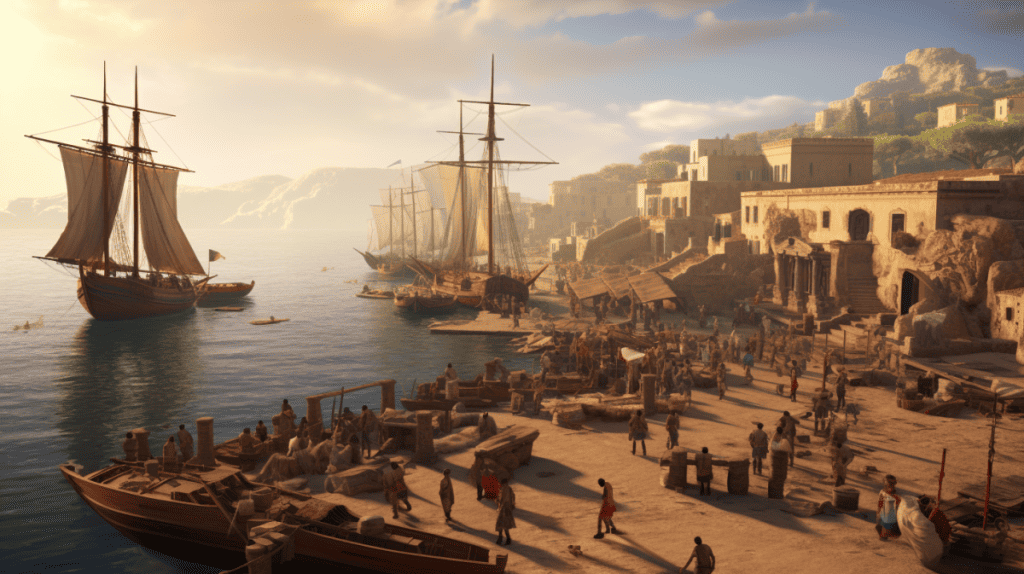
Historically, even before 400 BC, the Mediterranean shoreline of the Kingdom of Mauretania boasted commercial harbours that facilitated trade interactions with the powerful city of Carthage. Meanwhile, the hinterlands of Mauretania were under the influence of Berber tribes, who not only traded extensively with Carthage but later also with the Romans.
Furthermore, the Mauri shared deep-rooted cultural and economic bonds with the Iberian region and maintained a strong association with the Phoenician stronghold of Cadiz. When they turned their gaze southward, the Mauri sourced exotic items such as ostrich eggs and amber from the Saharan tribes. Their trade also included the acquisition of gold, possibly originating from Spain or regions in West Africa.
Urbanisation of the Kingdom of Mauretania
Mauretania’s limited population meant that its urban development was not as swift as that of Numidia. Nevertheless, during this era, several towns and cities, such as Volubilis and Iol, took root in the Kingdom of Mauretania. After Carthage faced defeat in the Second Punic War (218-201 BCE), its territories shrank, paving the way for the Kingdom of Mauretania to seize many ports that were once under Phoenician control, Tingis being a notable example. Some scholars believe that Phoenician interactions may have played a role in fostering the early urban evolution of Mauretania. Yet, the ancient annals of Mauretania aren’t extensively detailed, as mentions by Greek and Roman chroniclers were infrequent.
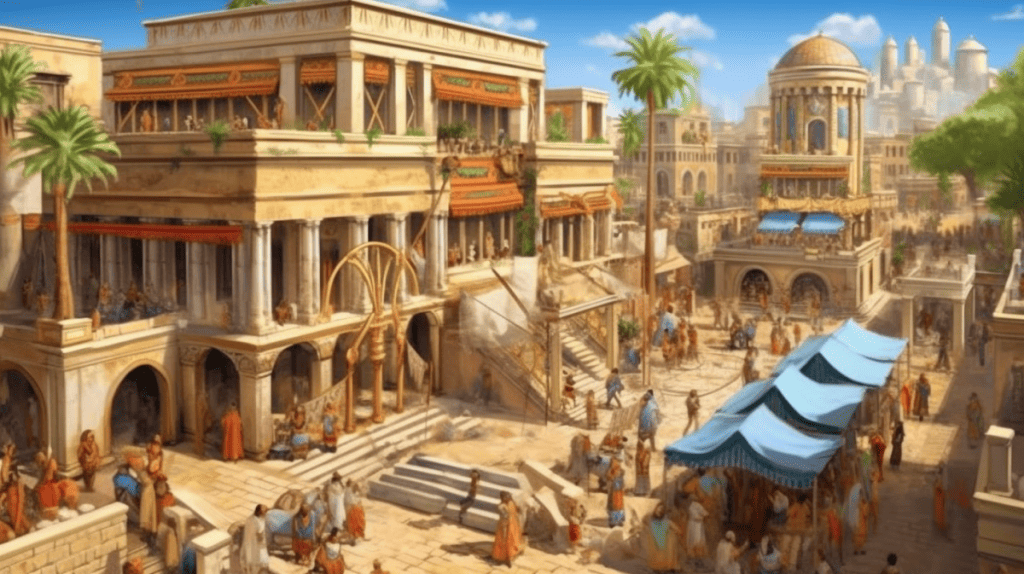
The monarchs of the Kingdom of Mauretania championed the urban transformation of their realm, drawing inspiration from the architectural prowess of the Roman Empire. King Juba stands out for his significant contributions to regional urbanization and for introducing advanced agricultural practices. The tranquillity post the First, Second, and Third Punic Wars provided The Kingdom of Mauretania with the perfect backdrop to channel its energies towards trade and economic growth. Furthermore, Mauretania’s allegiance to Rome, especially during times of conflict with Carthage and Numidia, earned them periods of tax leniency from the Roman administration.
Related Posts
Sources
World History Encyclopedia. “Mauretania.” Accessed [26.08.23]. https://www.worldhistory.org/Mauretania/.
Think Africa. “Kingdom of Mauretania.” Accessed [26.08.23]. https://thinkafrica.net/kingdom-of-mauretania/.
Wikipedia contributors. “Mauretania.” Wikipedia, The Free Encyclopedia. Last modified [13.08.23]. https://en.wikipedia.org/wiki/Mauretania.


